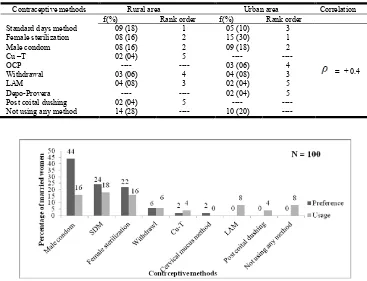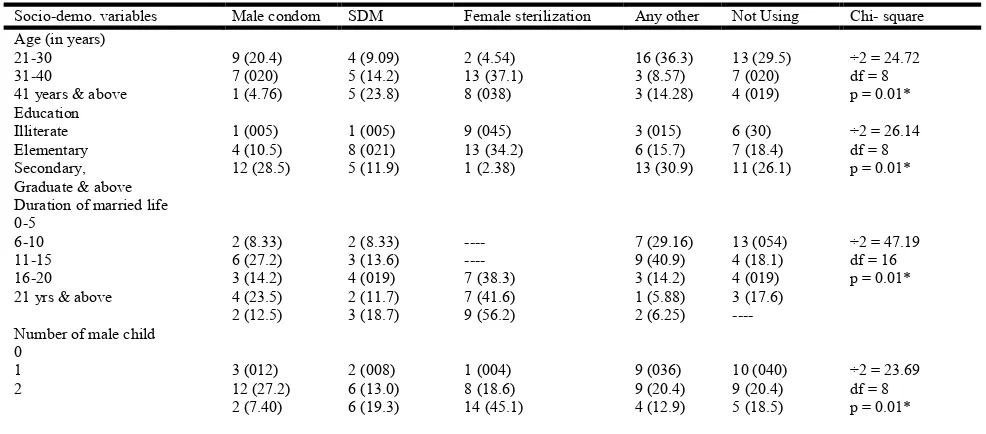A comparative study on preference and usage of contraceptive methods among married women of selected rural and urban areas of district ludhiana, punjab
Full text
Figure



Related documents
Of the 8204 breast cancer patients with stage 0 to III disease, 858 patients (10.5%) had MPCs: 268 patients (31.2%) had meta- chronous MPCs alone ≥6 months before diagnosis of breast
IAH: Impaired awareness of hypoglycemia; MCH: Medical Center Haaglanden; PAID-5: Problem areas in diabetes scale 5-items; QoL: Quality of life; RT-CGM: Real-time continuous
Ambiguous or undermasculinized genitalia of OT-DSD is easy to detect, while decision making is difficult when the genital appearance seems to be normal female or other- wise
National Institute of Clinical Excellence (NICE) guide- lines on the diagnosis and management of chronic open- angle glaucoma and ocular hypertension recommend that research is
One of the study conducted by Akhtar naeem shafqat in a comparative study of job satisfaction in public and private school teachers at
Public Attention an issue area receives increases, outside actors are more likely to file amicus. briefs on petitions related to that issue before certiorari , and the Court is
In response to recent literature from other parts of the world, we decided to study a cohort of late-preterm infants and to compare the neonatal characteristics and outcomes
Significantly more black and white mothers in Survey 2 compared with Survey 1 re- ported that a doctor or nurse had told them what the best position was for putting their infants